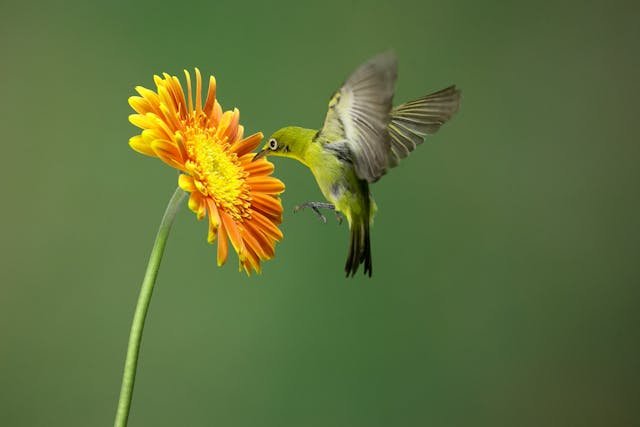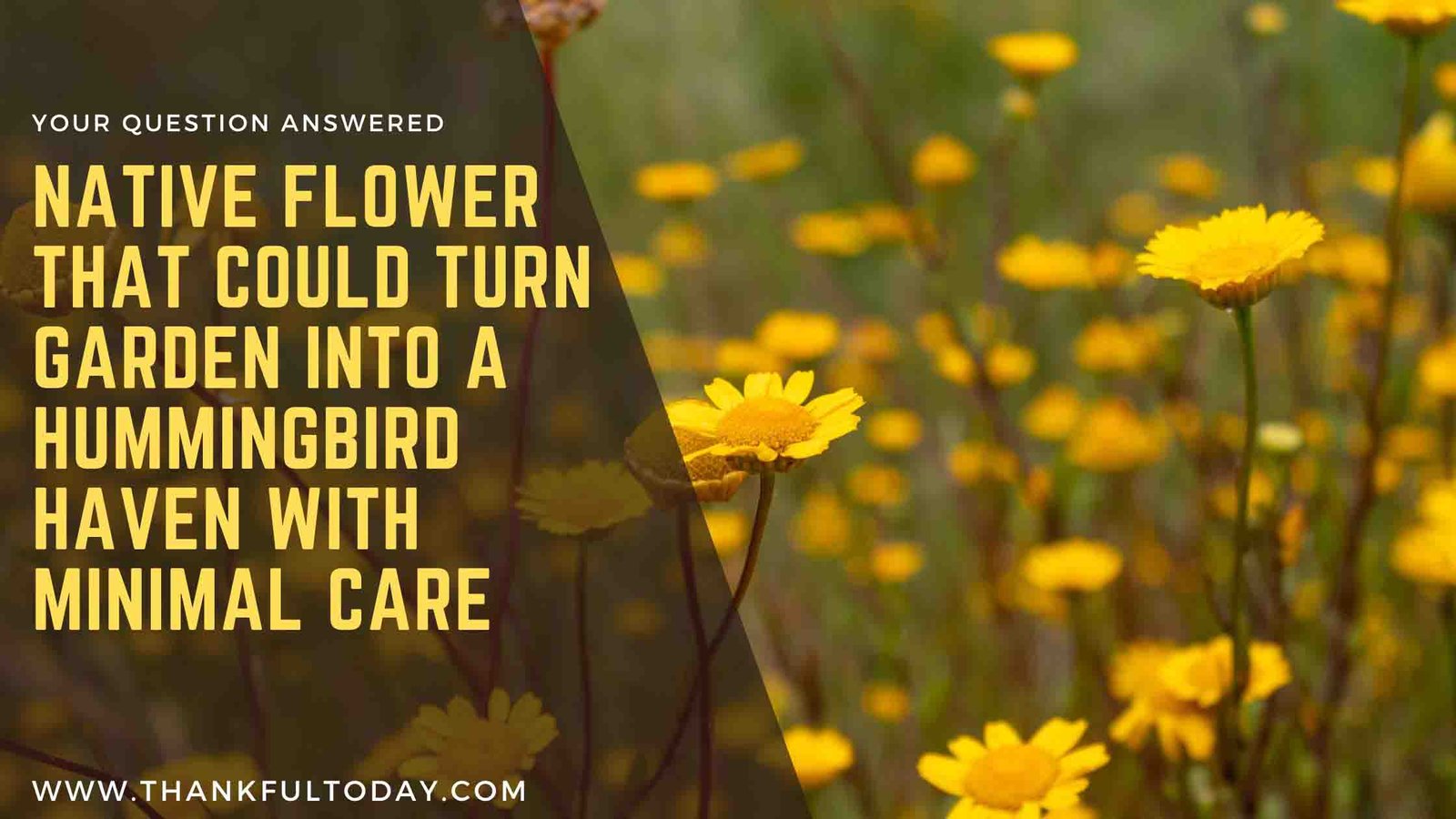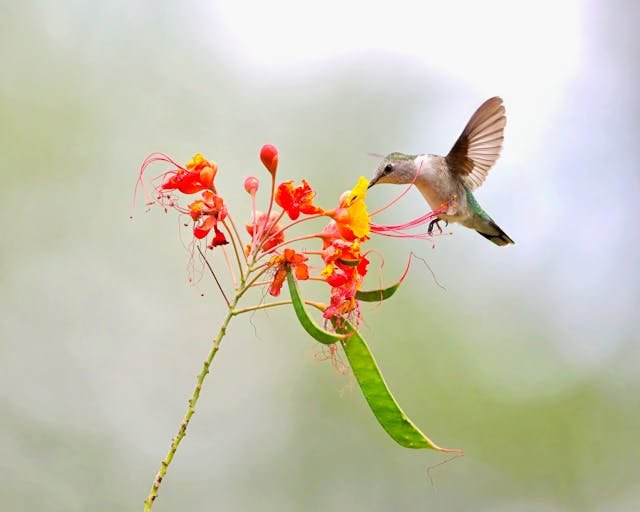If you’re anything like me, watching hummingbirds is one of the most peaceful (and exciting) parts of the day. But I used to wonder: When are they most likely to show up?
So I started tracking them.
Over the course of several weeks, I recorded sightings at my feeder and in the garden—and patterns began to emerge.
Here’s what I discovered about the best time of day to see hummingbirds.
Early Morning: Peak Activity
Most of my sightings happened between 6:30 AM and 10:00 AM. This is when hummingbirds are refueling after a night of fasting.
They go straight for feeders and nectar-rich flowers, and they’re often less skittish at this time. It’s a peaceful, golden-hour window perfect for quiet observation.
Late Afternoon: A Close Second
From about 4:00 PM to 7:00 PM, activity picked up again. This is their final push before nightfall, making sure they have enough energy to get through the night.
This is also when I saw the most territorial behavior—chasing, darting, and mid-air battles over feeder rights!
Midday: Less Reliable
Between 11:00 AM and 3:00 PM, sightings dropped significantly. Hummingbirds are more likely to rest in shady spots or stay out of the heat. During these hours, I rarely saw much activity.
What Made a Difference in Sightings
- Clean feeders and fresh nectar drew more frequent visits
- Feeder placement in semi-shade helped visibility and comfort
- Blooming flowers nearby made them linger longer
- Sitting still (no movement, no loud sounds) helped them feel safe
So if you’re hoping to catch a glimpse of hummingbirds, plan to watch early in the morning or late in the afternoon. These windows brought the most activity—and the most joy.
A little patience, the right setup, and a quiet spot to sit is all it takes. And once they arrive, the magic begins.









